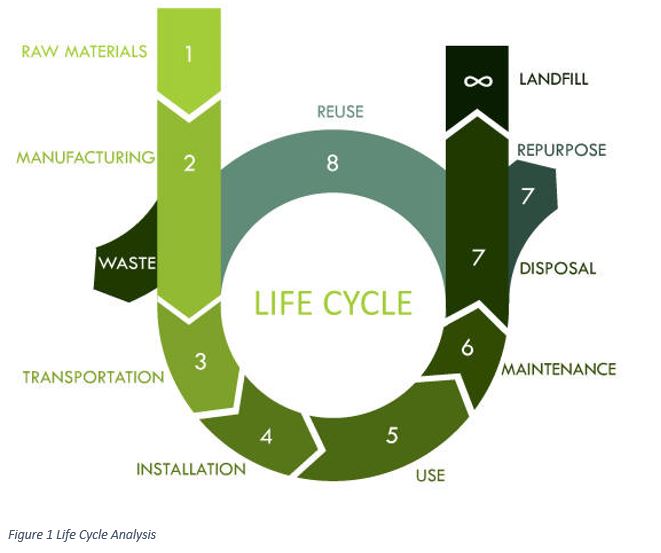
Sustainable design can influence products, architecture, fashion and many other areas of design in a range of forms, whether it’s with the use of tech or through re defining the design process. “Utilizing a sustainable design philosophy encourages decisions at each phase of the design process that will reduce negative impacts on the environment and the health of the occupants”.(GSA,2015)
There are many ways that Sustainable design has redefined the way we design, The impact that the consumer culture has had on businesses and designers through the awareness of climate change, and ecological change, has drastically improved the way we design. “Consumers are becoming more concerned about sustainability and more knowledgeable about environmentally friendly products. Rather than just thinking about the initial price many customers now make their purchasing choices based on the expected life span of a product, the running and maintenance costs and its overall carbon footprint.” (sustainability?, practice and technology, 2017).
Because of the use of Sustainable design, designers are obliged to design sustainably in order to fit into a profession that is highly competitive. Yves Bahar states in his interview in the guardian. “Designers now have a real obligation to not only themselves, but also future generations to introduce sustainability in every aspect of their operation Sustainability should be an ethos, rather than an add-on. The design world has grasped this idea, and the will of manufacturers to make a difference – by introducing responsible design thinking to all areas of industry”(Yves Bahar,The Guardian,2017).
There are many great examples of sustainable design that directly impacts the ecology of the environment while maintaining its impressive aesthetic expected of a high quality design. As seen in figure 2.

The Super Trees of Singapore Bay gardens are a glowing example of how sustainable design can influence ecology, the consumer while also providing sufficiency. “Over 162,900 plants comprising more than 200 species and varieties of bromeliads, orchids, ferns and tropical flowering climbers have been planted on the 18 Supertrees” (Gardensbythebay.com.sg, 2017)
The self sufficiency of this sustainable architecture not only reduces its carbon footprint but also highlights its design to the people of Singapore by night. “To generate electricity, 11 of the supertrees are fitted with solar photovoltaic systems that convert sunlight into energy, which provides lighting and aids water technology within the conservatories below.” (Lauren Said-Moorhouse, 2017)
Sustainable design such as this is paving the way for innovative technologies to combine to create a fully sufficient outcome, originally spurred on by the users and now practiced and iterated throughout the Design industry.